© Copyright 2024 - All Rights Reserved - SK Car Lounge Pvt. Ltd.
Designed & Developed by www.aivah.com
Designed & Developed by www.aivah.com
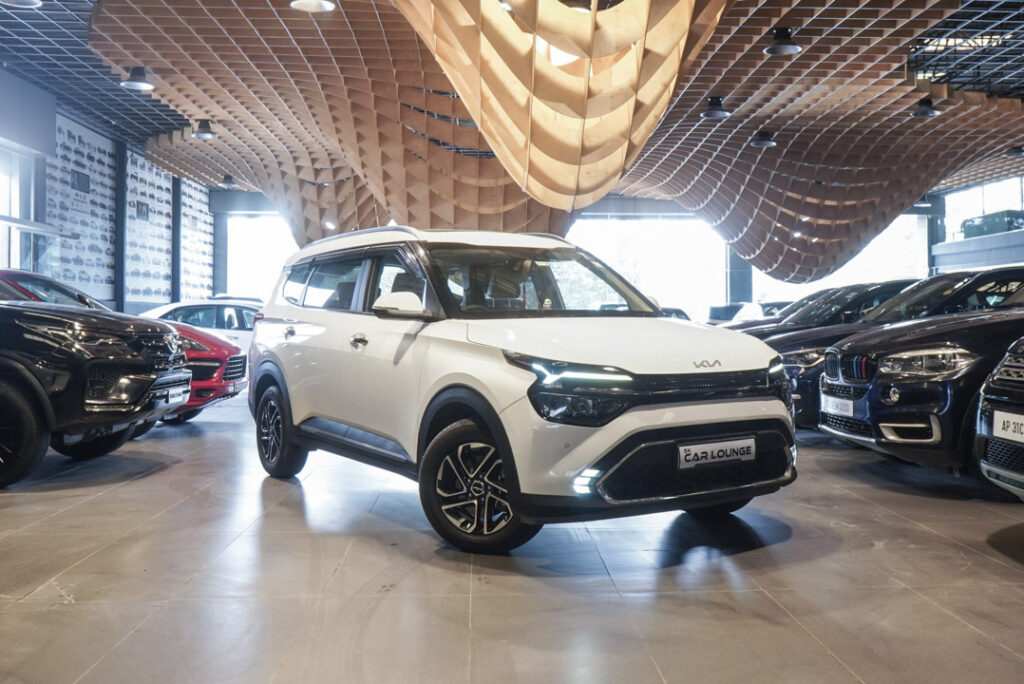
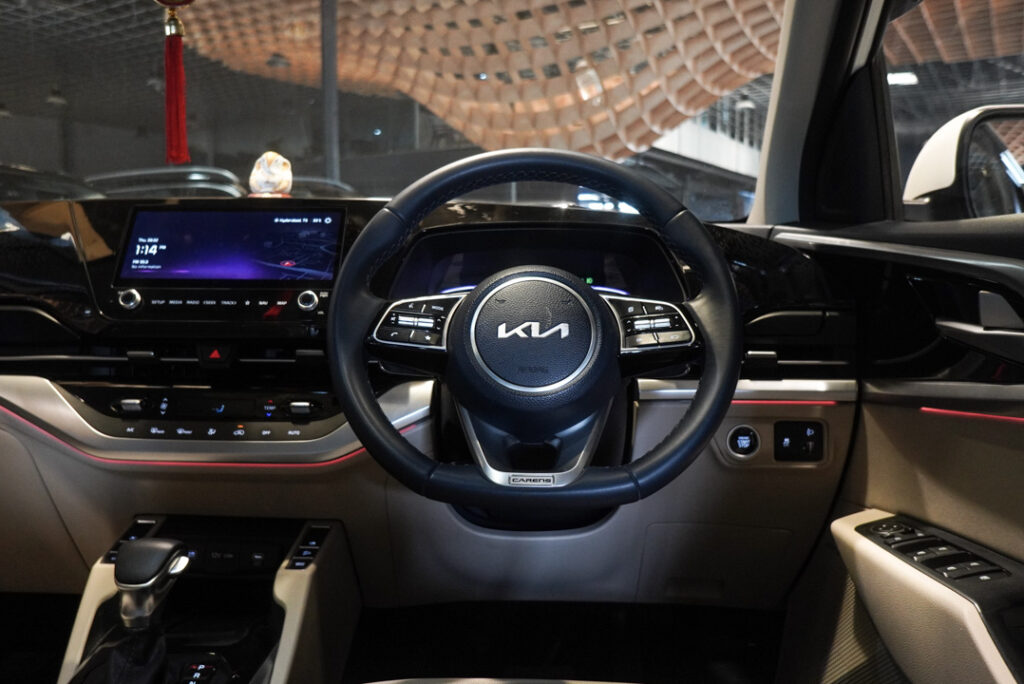
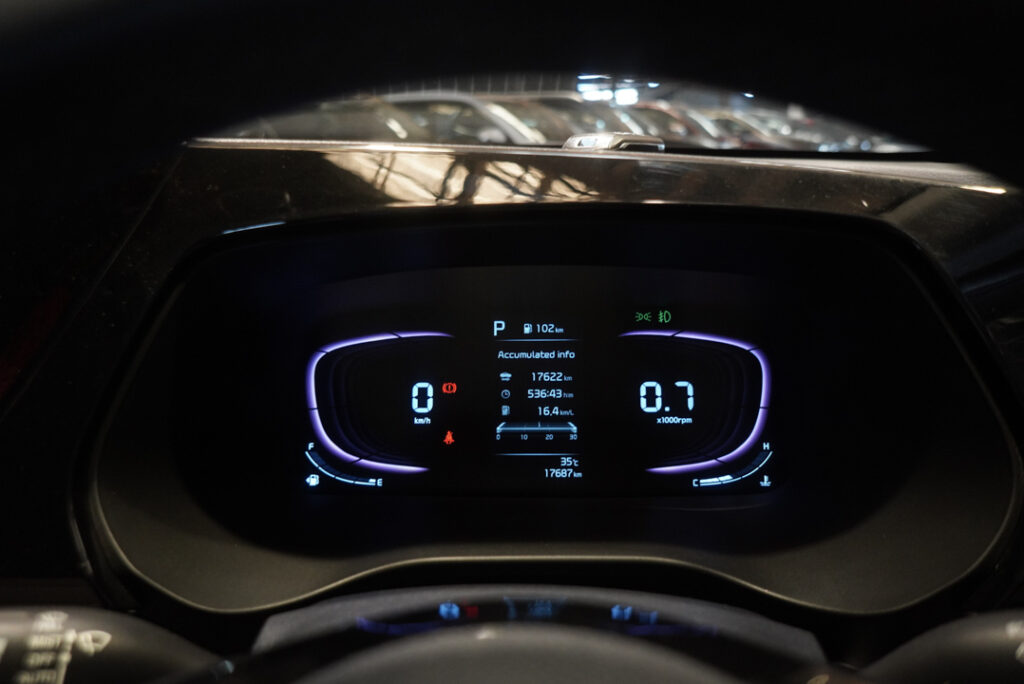
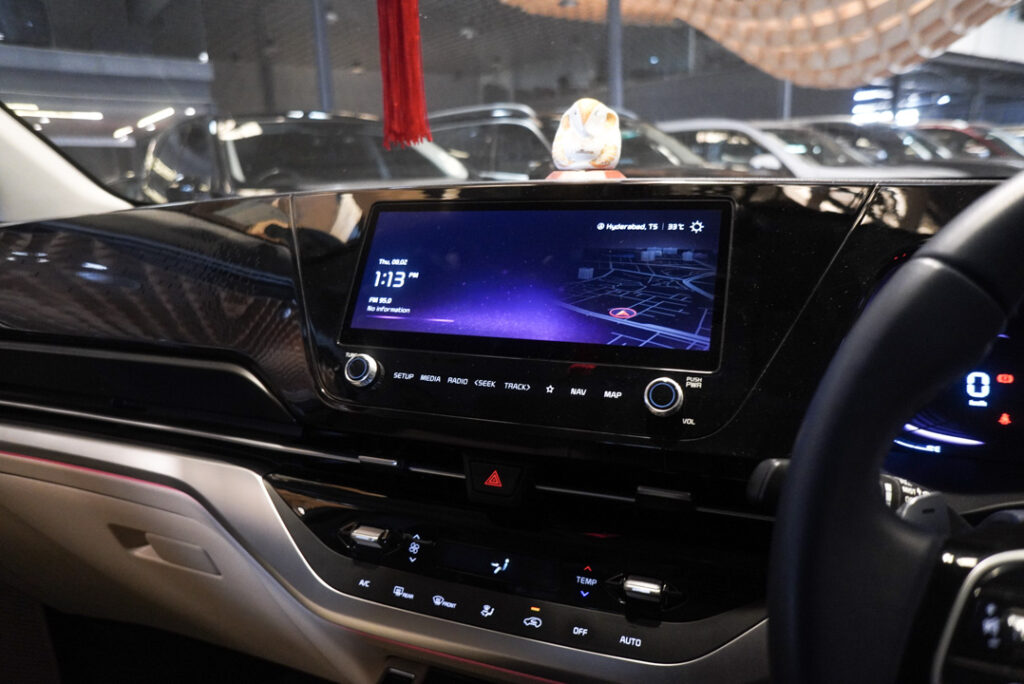
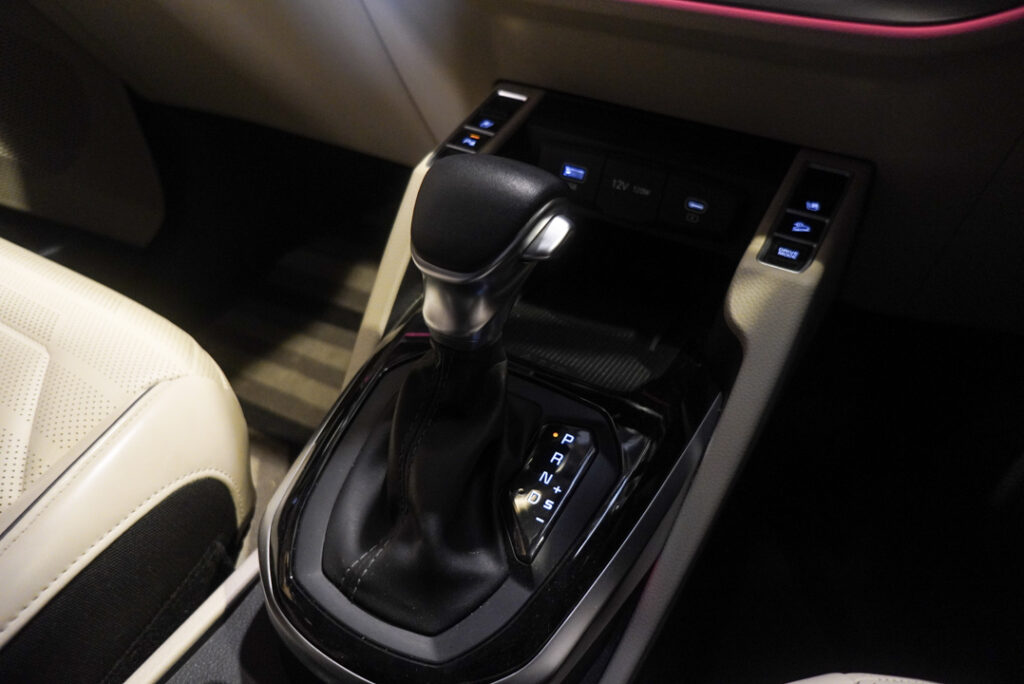
The kind of success that Kia Motors has received in the Indian market in the last two years could become a case study of sorts for many other automakers. The company seems to have nailed their strategy with vehicles like the Seltos, Sonet and Carnival. It was a long-known fact that the Korean automaker was working on a 6/7-seater vehicle and the Carens made its world debut…
The kind of success that Kia Motors has received in the Indian market in the last two years could become a case study of sorts for many other automakers. The company seems to have nailed their strategy with vehicles like the Seltos, Sonet and Carnival. It was a long-known fact that the Korean automaker was working on a 6/7-seater vehicle and the Carens made its world debut in India last month. We have now driven the Turbo DCT and Diesel AT versions of this vehicle and here’s why we think the automaker has another winner in their kitty.
The Kia Carens looks very different from the Sonet and Seltos. In fact, the vehicle carries some really bold styling elements but not everyone will like its design because there are quite a few polarising bits, especially the design of the fascia. The vehicle looks better in darker colours than lighter ones but the good thing is that the Kia Carens is actually bigger than the Maruti XL6 and Hyundai Alcazar even though it doesn’t look as big.
Compared to the Alcazar, the Carens is 40 mm longer, 10 mm wider and 32 mm taller and it also boasts the longest-in-segment wheelbase of 2780 mm.
That aside, the Kia Carens gets 16-inch tyres with the 1.4 petrol and 1.5 diesel variants and 15-inch tyres with the 1.5 petrol variants. The vehicle looks less SUV and more MPV but Kia says that this is a Recreational Vehicle which means it slots somewhere between an SUV and MPV. The Carens gets some splashes of chrome on the outside, bright LED lights, Kia’s tiger face design and some inlays that come with a knurled finish like we have seen on the Seltos too.
The vehicle gets a completely new design for the dashboard though some bits like the steering wheel look familiar. The plastic quality in the cabin is decent, the fit & finish levels are also good but there are lots of hard touch materials all around. Kia seems to have nailed it when it comes to features because the Kia Carens gets front & rear parking sensors, front ventilated seats, wireless charger, connected car tech, keyless-go, puddle lamps, ambient lighting, cooled cupholders in the first and second row, rain-sensing wipers and an auto-dimming IRVM.
For entertainment, you get a nice 10.25-inch touchscreen with 8 Bose speakers. The screen has a familiar UI and packs in all the functions very neatly. You can connect your phone to the car in a jiffy and the speakers also throw out good quality sound. Moreover, the vehicle also gets a 12.5-inch fully digital instrument cluster with three different themes based on the driving modes.
However, I personally like the instrument cluster of the Alcazar which has a more premium look. The Kia Carens doesn’t get a panoramic sunroof and makes do with a regular one.
The Kia Carens gets both 7-seater and 6-seater configurations but the latter will be offered only on the top variants, at least at launch. We had the 6-seater variant with us and the very first thing I did was jump into the third row. You can tumble down the captain seats very easily with the push of a button and there’s ample space to get to the third row.
For tall people (I’m 6-feet), headroom at the back seems enough and the cabin’s width also doesn’t pose an issue as such but knee room is strictly limited and with the second-row seats pushed back, your knees will constantly brush against the backrest.
You can slide the captain seats ahead but then that will result in limited knee room for the second-row passengers. The third-row passengers get roof-mounted AC vents, a large cupholder on both sides and even USB Type-C ports on both sides. Second-row passengers also get roof-mounted vents while the blower controls are placed at the bottom, between the front seats.
Ingress and egress for the second row is also very convenient and the door opens wide. The second row also gets large windows so that really adds to the airiness in the cabin and you get sunshades too. Space is fine, it is not too abundant but it is not cramped either. The captain seats come with an armrest each, while on the Alcazar you get a proper console between the captain seats.
The left passenger gets a tray to keep a laptop while on the right side there’s a pretty big air purifier/virus filter that’s mounted behind the driver’s seat. One thing that I noticed is that the seats are a bit on the smaller side, especially the backrest, which is visibly shorter than what we have generally seen in other vehicles like the XL6 and Alcazar.